Fall Prevention
The Facts
- Unintentional falls are the leading cause of non-fatal injuries for children in the United States. In 2020, unintentional falls resulted in more than 1.3 million injuries requiring treatment in an emergency room.
- Falling down stairs, playing near unsecured windows, climbing on furniture and playing on playgrounds are the most common ways young children become injured from falls.
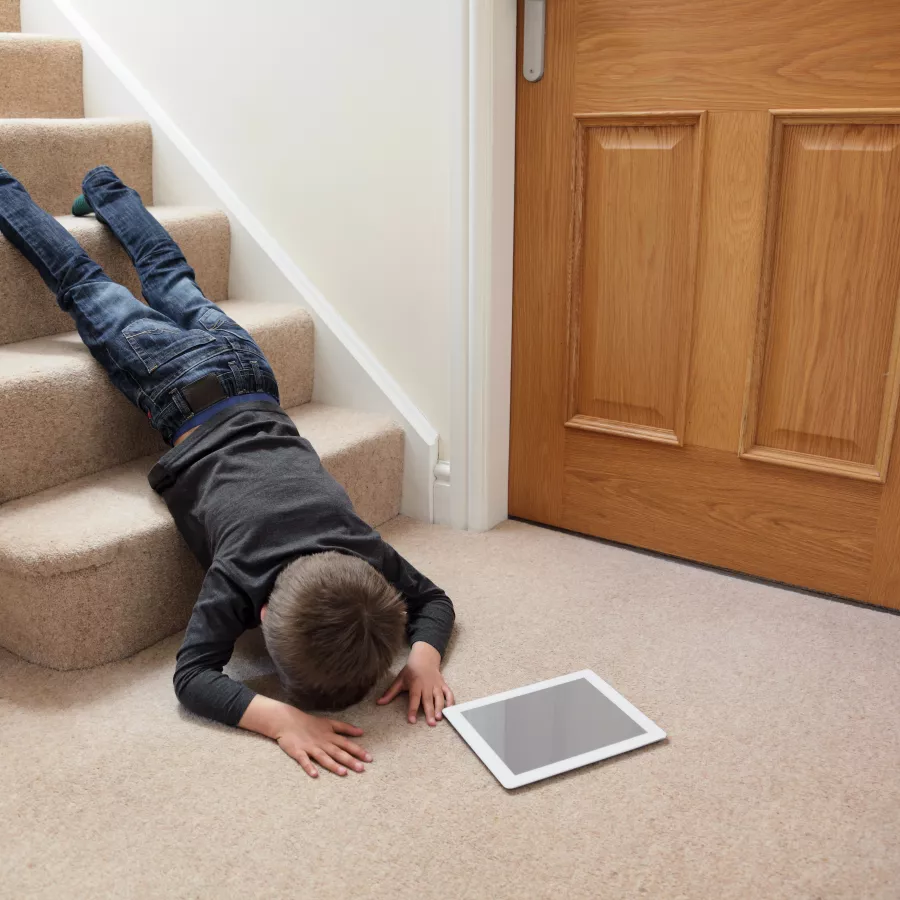
How could the home be made safer?
Toddlers learn about the world by exploring. It’s easy to get distracted from supervision, especially at special times like a family holiday gathering. But Diego needed extra supervision in his grandparent’s house, because it was not childproofed and likely had many hazards for young children.
It’s important for adults to work together to anticipate fall risks such as this one. Limit where children can explore. Use gates to limit access to rooms and stairs or shut doors securely to areas like basements and garages. Multi-layered protection against injury risks is often easy to do. We know supervision can fail at times, and reducing toddler fall risk with strategies like blocking stairways is sensible. If the door had been shut tight, Diego likely would not have managed to open it and fall down the stairs.
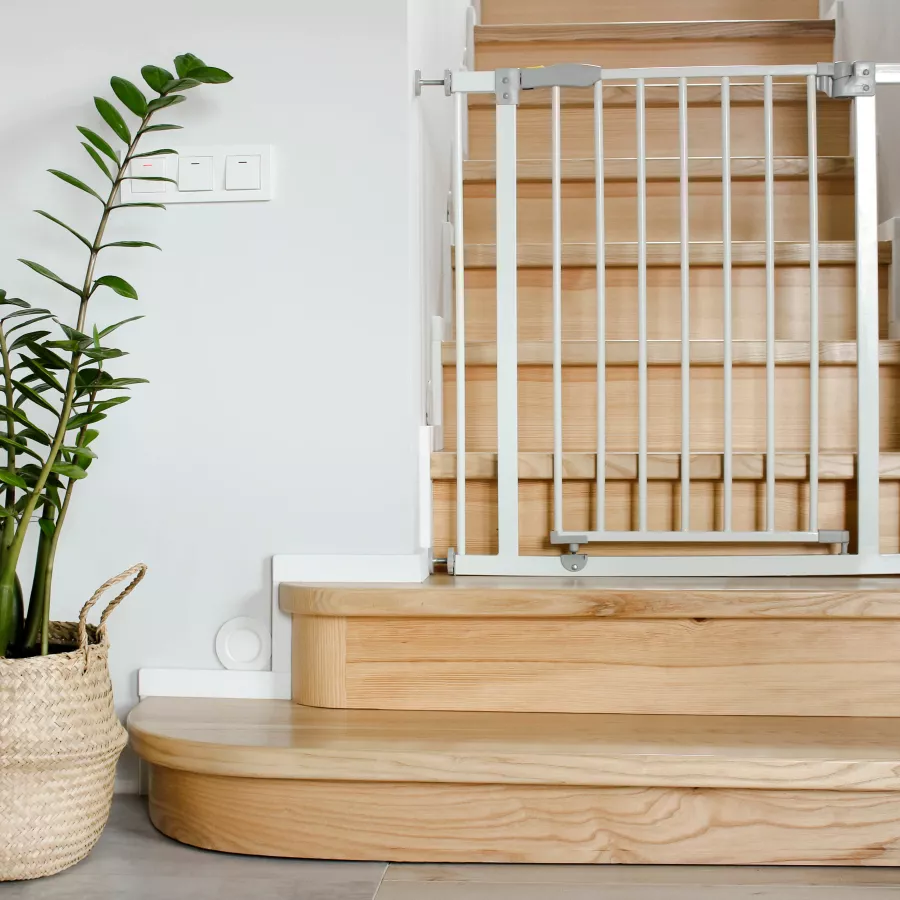
Babies: Keep the baby within reach
- Keep a hand on them or carry them with you.
- Don’t leave them alone unless they are in a safe environment like a crib or playpen.
- Be aware of when babies learn to roll over as that is a HIGH risk time point and parents do not anticipate it. Falls from sofas, and changing tables are common.
- When using a baby carrier, it is safer to place the carrier on the floor instead of table tops and sofas.
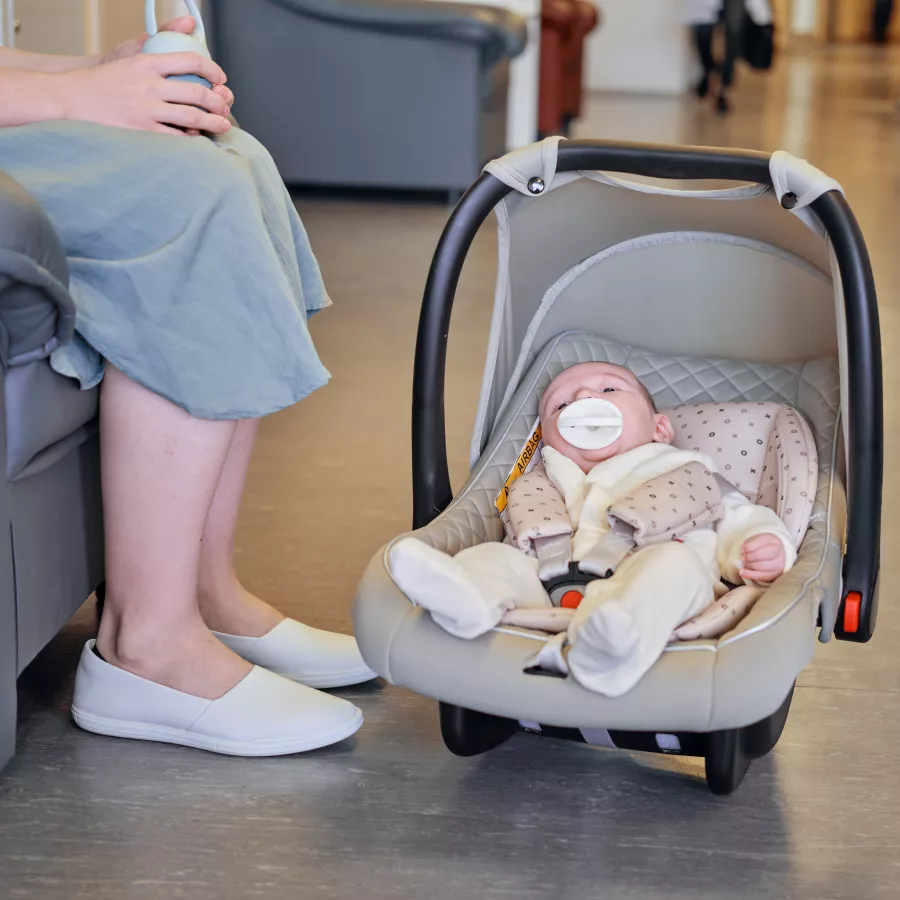
Emerging walkers: Keep the home environment safe
- Children ages 1-3 love to explore. That’s how they learn about the world. To prevent injury, set up barriers in your home.
- Toddlers fall down stairs as they learn to walk. To prevent falls down stairs, install stair gates (both top and bottom).
- Toddlers also fall from windows. To prevent window falls, install window guards to keep the window from opening more than 4 inches.
- Keep furniture and other things that can be used for climbing away from windows. Window screens are not strong enough to prevent falls, they are designed to keep bugs out, but not to keep children in.

Preschool age: Supervision
- As children grow older, they leave the home more often and explore the world more independently. But they will love to see new things, touch new things, and sometimes take risks. Your best strategy as a parent is to supervise. You have good judgment about risks and your child has less good judgment. Encourage new behaviors, let them try new things, but intervene if the new activity may create a risk for a fall or other injury.
- When on the playground, remember to supervise and make sure kids are using proper equipment for their age. Many injuries are the result of older kids playing on or misusing equipment designed for younger kids and vice versa. Learn more about Playground Safety
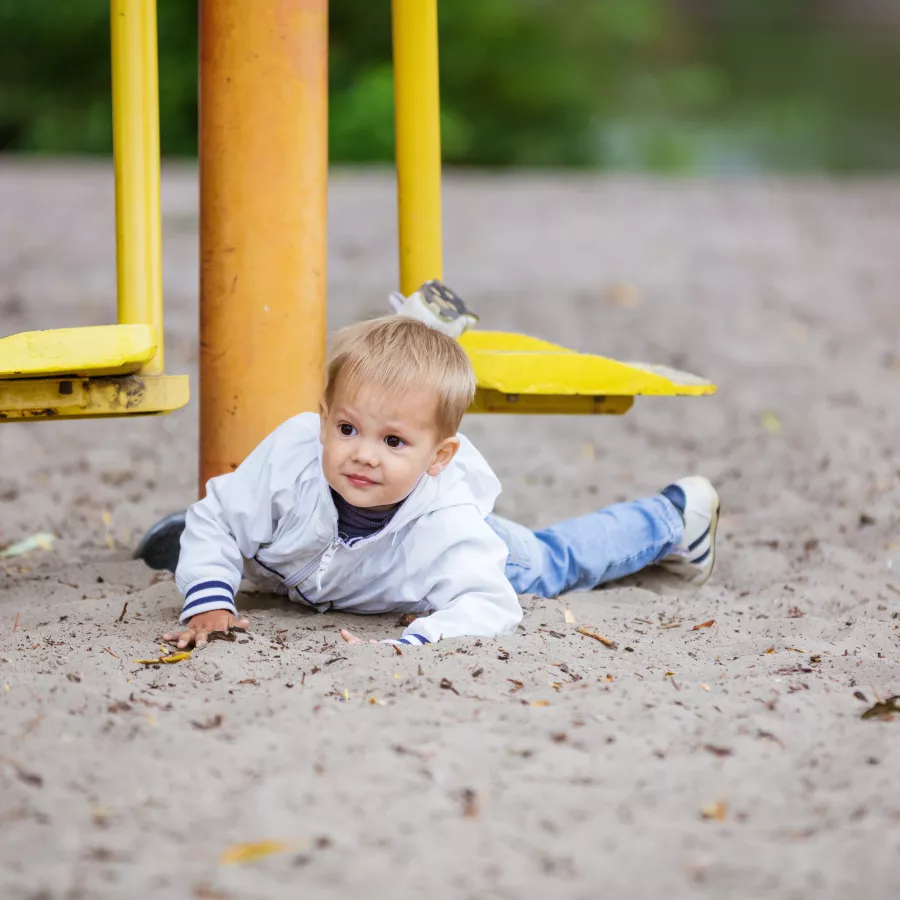
Create environments where falls are less likely.
Use helmets when appropriate, use protective devices like stair gates, window guards, use safety straps in high chairs, shopping carts, strollers, and changing tables, and always monitor children for safety.
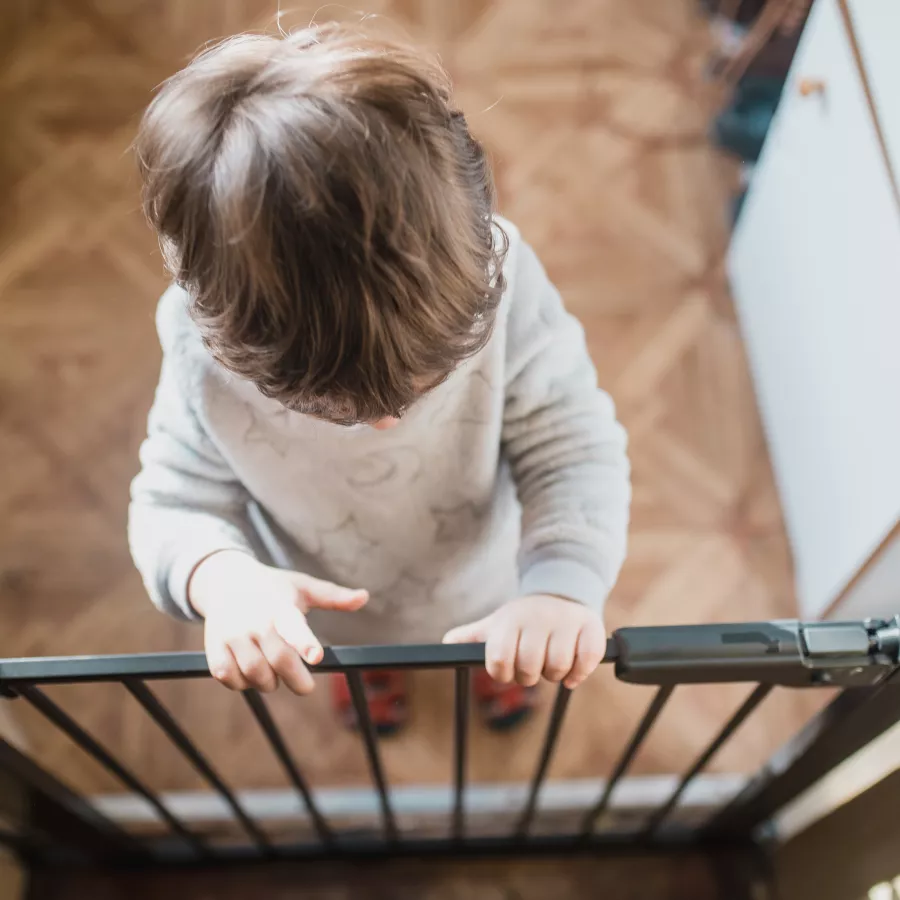
Dealing with a fall
If your child does fall and hit their head, watch for signs of a concussion such as balance problems, confusion, irritability, sleepiness, complaints of headaches, vomiting, or pupils that are different sizes. Seek medical attention if any of these symptoms occur after a head injury.
To learn more about what to look for after a head injury and what to do next, check out the following websites:
OnTRACK the Online Treatment Recovery Assistance for Concussion in Kids website.
InfoCabeza aims to provide parents with the tools and knowledge to support their child-athlete to recognize, report and recover from concussion.
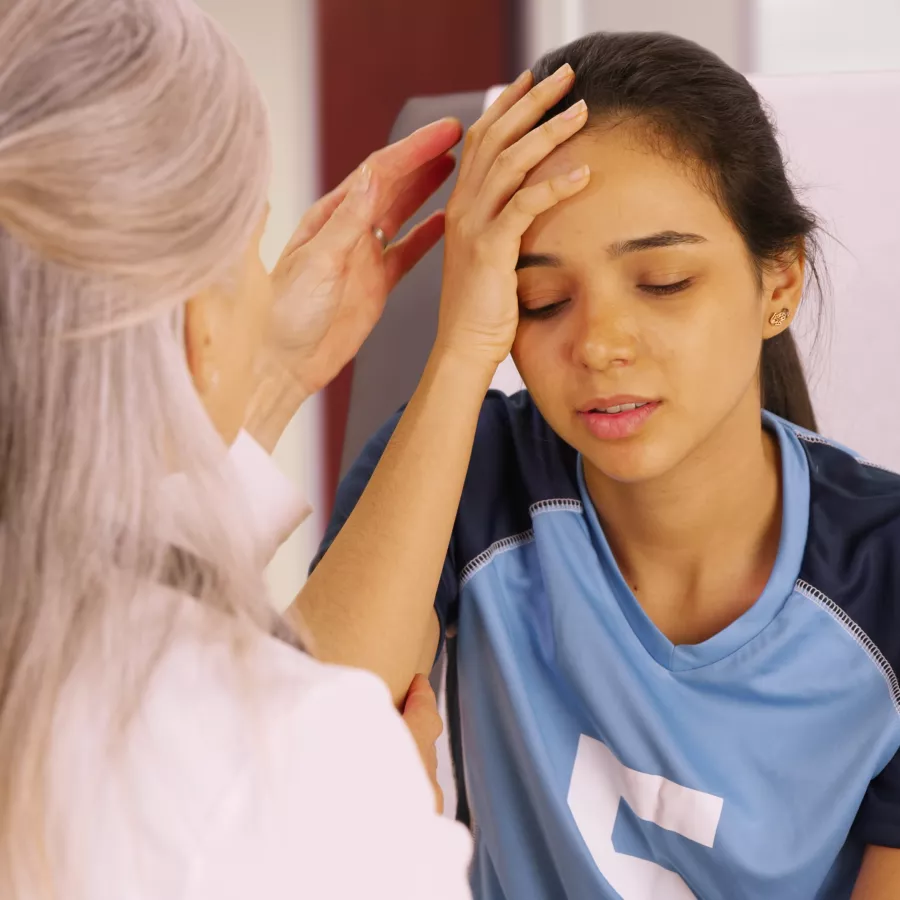
Fall hazards in the home
There are 6 common fall hazards in this image. Can you identify each one? Click on the hazards that you see.
Test Yourself: Fall prevention
Resources
Seattle Children’s - Window Fall Prevention with videos in English and Spanish
King County and University of Washington - Preventing Window Falls
Safe Kids World Wide - Child Fall Prevention Tips
Downloadable poster version
Safe Kids World Wide - Fall Prevention for Families with Children with Special Needs (video)